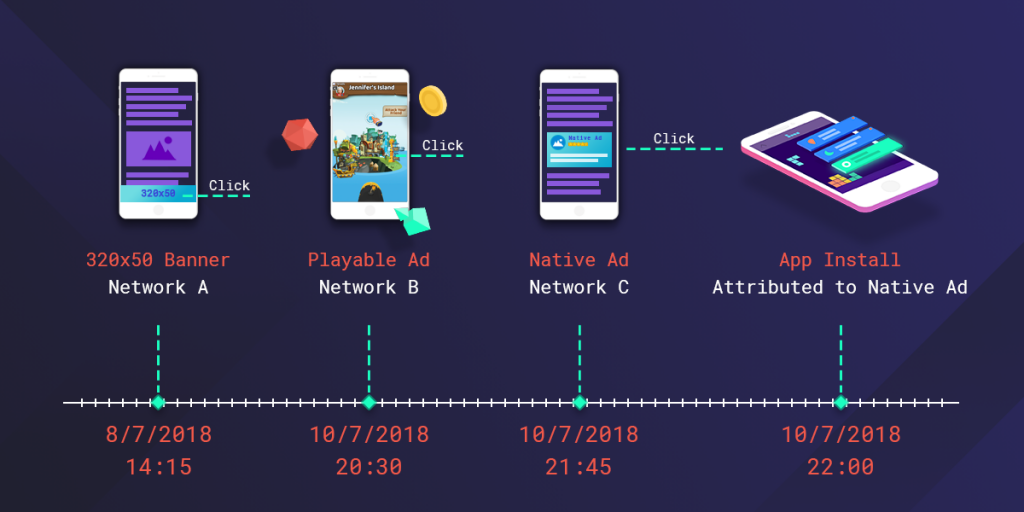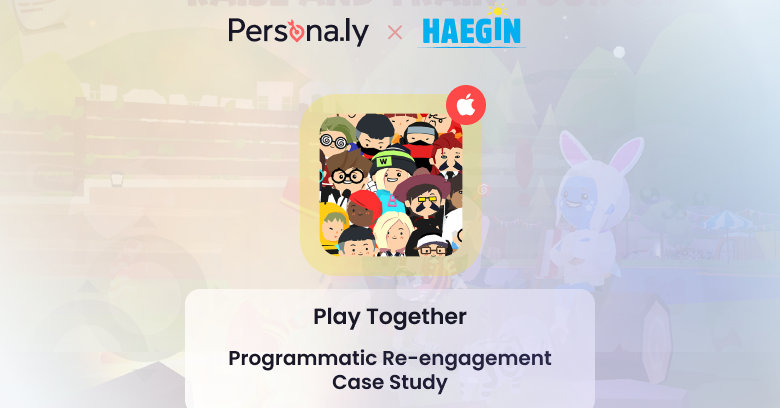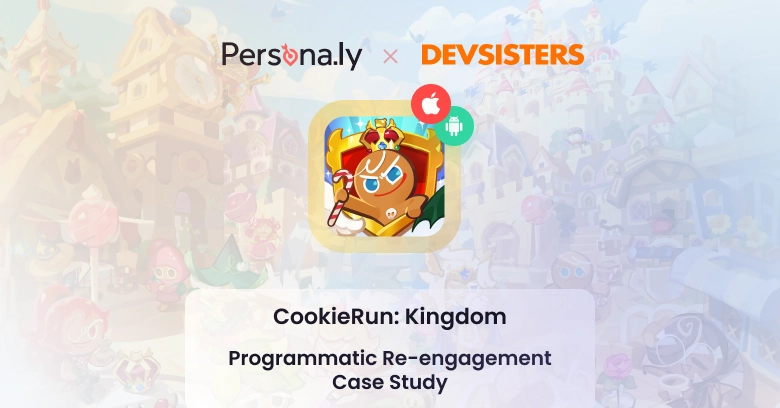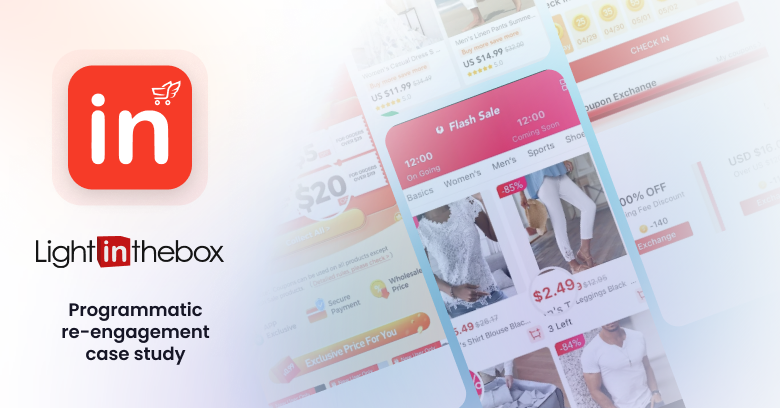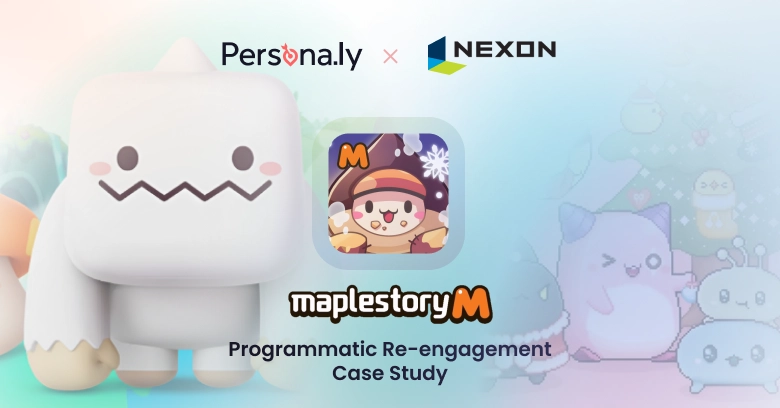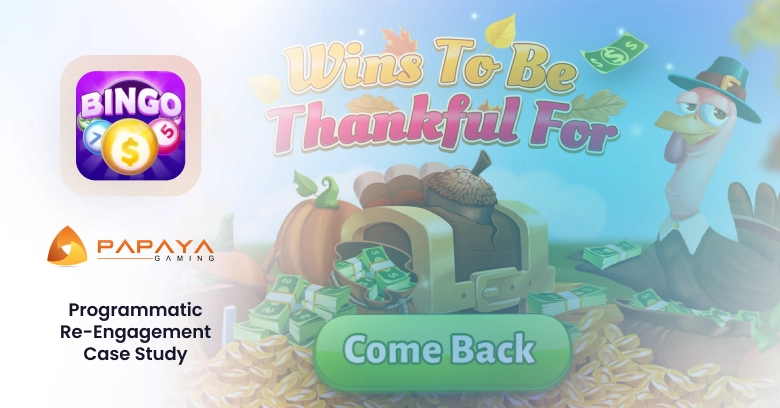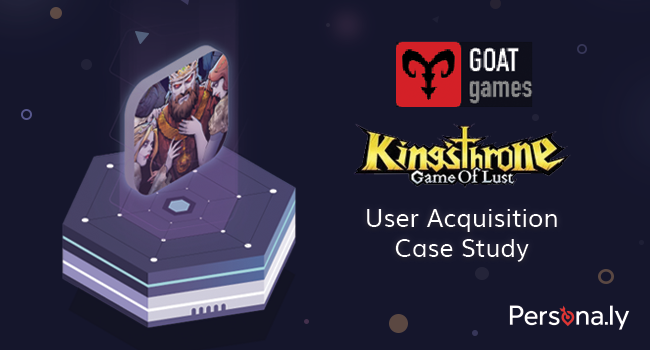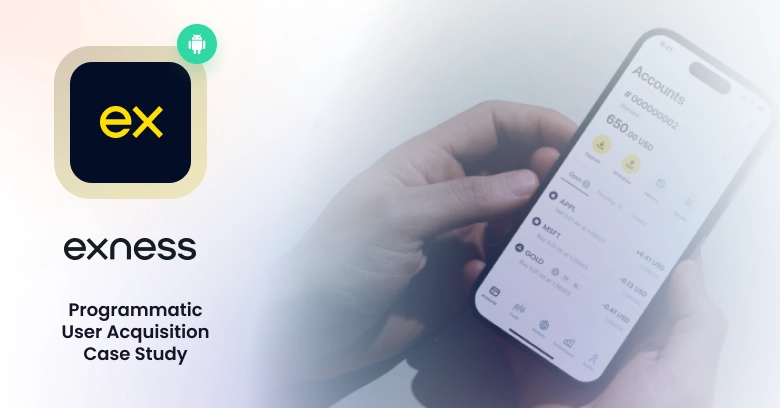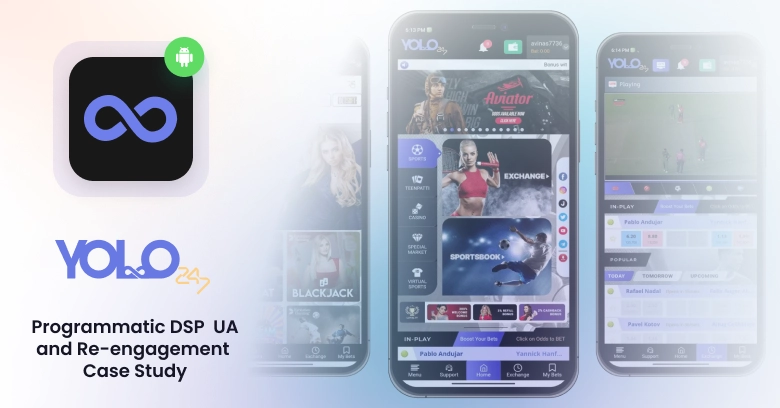
Lucky number 7 and The Value of Multi-Touch Attribution
I always felt that the number 7 was my unlucky number. It’s uneven, it’s a prime number, I don’t even like the way it looks, but the rest of the world seems to think otherwise. Not only is it generally regarded as a lucky number, in marketing, it’s the basis of a basic ‘rule’ (simply named “The Rule of 7“) referring to the number of exposures of your brand required to get a customer to trust it, which when applied to our industry, translates to the number of impressions required to get a user to install an app.
I got curious so I started reading up on the subject and came across another number 7 in George A. Miller’s article “The Magical Number 7”, which opens with:
“For seven years this number has followed me around, has intruded in my most private data, and has assaulted me from the pages of our most public journals. This number assumes a variety of disguises, being sometimes a little larger and sometimes a little smaller than usual, but never changing so much as to be unrecognizable”
George A. Miller
When I started researching the subject I started feeling haunted by this number too. Maybe not as strongly as Miller did, and definitely not for 7 years (more like two weeks, to be completely honest), but there is something to this number in relation to our mind, our memory, our perception, that seems to keep coming back.
Miller was a psychologist, and his research focused on the human’s short-term memory and how we are able to store between 5 to 9 “chunks” of information at a time (in the super abbreviated and simplified version).
The idea behind “The Rule of 7” in marketing is to allow the users to be convinced that the product or app has something legitimate to offer them. This used to be virtually impossible to measure before digital marketing, but nowadays it’s a whole other game. In today’s world, an advertiser can gather all the information that they could possibly need to know about their user’s journeys, the question is – how can it help them allocate their advertising budget better?
Most of the mobile industry today uses the last-click attribution model, which we believe, as hinted above, offers a skewed view of reality. This model focuses exclusively on the moment of conversion, completely disregarding the rest of the user’s journey.
Is Last Click Attribution “Fair”?
Looking at the example above, who do you think should get the install attributed to them?
In the classic last-click attribution model, the native ad will get all the credit attributed to it, but was it the only ad that leads the user to make a decision and install the app? I don’t know about you, but I don’t think so.
As Neil Patel argued:
“If you are evaluating the performance of a marketing campaign solely based on the number of conversions, you are missing a large piece of the picture. [….] a marketing channel might not be delivering many conversions but could be playing an important role in initiating the conversion process or assisting in the eventual conversion”
Neil Patel
Let’s look at the journey the user went through:
- They first saw the 320×50 banner and were initially introduced to the app, but after they clicked it, they still weren’t fully convinced and chose not to install the app.
- Then they encountered a playable ad, that let them experience the app, played it fully, but for some reason still weren’t convinced enough to install.
- Finally, they were reminded of the app with a native ad, clicked it, and installed the app.
Every ad along the journey undoubtedly influenced the user and should get credit, but did they all have the same level of impact?
How should you credit the different touchpoints in the user journey? Many have written about different attribution models and their potential advantages, but I want to make the case for a custom Multi-touch attribution model where conversion attribution is determined by the immersiveness level of the ad the user saw or interacted with as well as decay (how close the touchpoint is to the conversion point).
Why? Well, do you really think a banner ad has the same impact a playable ad does? Even when a user clicks a 320×50 banner ad, if it’s for an app he is unfamiliar with, it’s more likely than not that he would leave the store page without installing for various reasons, like seeing one negative review that spoke to him specifically, seeing that he should actually try to download it on Wi-Fi because of its size considering his data plan, etc.
Playable ads, on the other hand, when created correctly, can do a whole lot more to show the user what he’s getting into if he chooses to install the app. If it’s a game, it shows him the core gameplay and visual style in more depth than a banner/video, if it’s an e-commerce app, it can show him a variety of products sold inside it, reducing the user’s suspicion levels and essentially pre-qualifying him as an interested user.
An Immersiveness/Decay Based Multi-Touch Attribution Model
As suggested above, in this attribution model we allocated revenue in relation to the ad units’ immersiveness and its closeness to the point of conversion. We believe that in user journeys similar to the one we described, it makes a lot of sense – immersiveness is important, as can be seen by the stark difference between the user acceptance levels of the different mobile ad formats, and we believe that in the near future, mobile advertisers would need to take it more into account to increase the effectiveness of their marketing strategy.
Generally, we believe that the usage of multi-touch attribution will increase in the next couple of years. At this point in our industry, advertisers trying to increase their ROI (and isn’t that what all of them are trying to do all the time?) would be able to do so mostly by reducing unnecessary ad spend rather than improving their in-app purchase rate.
